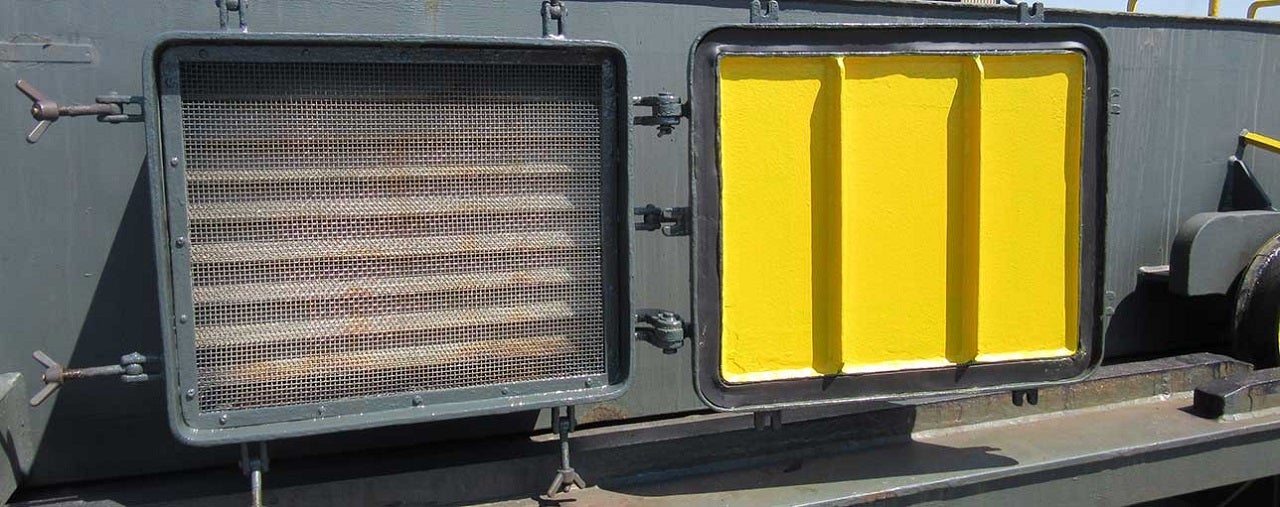
The International Association of Dry Cargo Shipowners (Intercargo), DNV GL, a technical advisor to the maritime industry, and The Standard Club, a specialist marine and energy insurer, have introduced a new ventilation guide.
The aim of the guide is to provide a better understanding of different ventilation requirements for bulk cargoes to ship’s masters and crew.
DNV GL noted that proper ventilation is crucial for the safety of the crew and vessel in bulk carriers and for cargo damage prevention.
The primary aspects on when and how to ventilate to control humidity and remove toxic and flammable gases released from cargoes are covered in the guide.
The guide also addresses issues of fumigation and the entry of ship personnel into confined spaces.
It sets out the regulatory requirements in connection with ventilation and includes illustrated case studies showing the potential risks when correct ventilation and stowage procedures are ignored.
How well do you really know your competitors?
Access the most comprehensive Company Profiles on the market, powered by GlobalData. Save hours of research. Gain competitive edge.

Thank you!
Your download email will arrive shortly
Not ready to buy yet? Download a free sample
We are confident about the unique quality of our Company Profiles. However, we want you to make the most beneficial decision for your business, so we offer a free sample that you can download by submitting the below form
By GlobalDataDNV GL bulk carriers business director Morten Løvstad said: “Cargo ventilation is an often overlooked but essential part of avoiding financial risk and danger to the crew and vessel.
“With this guide, we have worked together to examine some of the most common ventilation systems and provide some clear advice on how to deal with ventilation problems and hope this will help to build greater awareness of these issues within the segment.”
INTERCARGO technical manager Ed Wroe said: “The guide will provide ships’ crew with a practical understanding of when to ventilate and the reasons to do so. Additionally, the guide clearly shows the statutory requirements of cargo and cargo hold ventilation.”
Vessels transport a wide range of dry cargoes, all with different ventilation requirements based on various parameters such as the cargo characteristic, weather conditions and the voyage.
The Standard Club loss prevention director Yves Vandenborn said: “Standard Club continues to see high numbers of wet cargo damage claims, caused either by fresh water or seawater, but the most serious damage is due to condensation. Inadequate ventilation and poor stowage may result in caked and mouldy dry cargoes, or rusty steel cargoes.
“The guide aims to provide a clear and concise understanding of the ventilation requirements for various cargoes and will assist in preventing cargo damage caused by poor ventilation practices on board dry cargo ships.”
Last month, DNV GL qualified KONGSBERG’s ship-to-Cloud data infrastructure service.
DNV GL granted acceptance to the service, following a Technical Qualification, in which safety and cybersecurity were the critical parameters.







